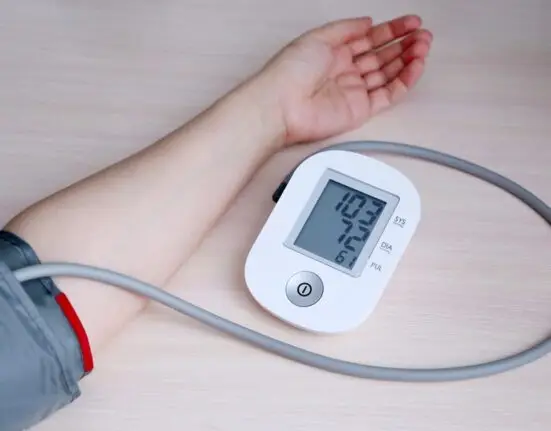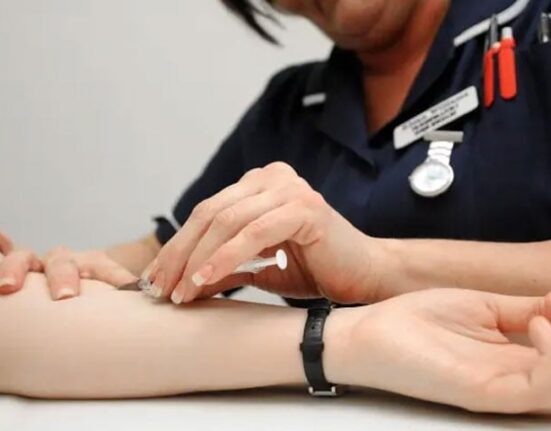When cholesterol builds up inside the blood vessels, it narrows the arteries and slows down blood circulation. This can trigger a chain reaction of serious health problems affecting different organs in the body.
Effects on the Brain
When blood flow to the brain gets blocked, or when a blood vessel bursts, it can lead to a stroke. A stroke can be fatal or leave behind long-term disability such as paralysis or speech problems. Sometimes, even small clots can interrupt the brain’s blood supply, which increases the risk of dementia or memory loss later in life.
Effects on the Heart
Narrowing of the heart’s arteries can cause:
- Angina (chest pain)
- Heart attack (complete blockage of blood supply to the heart)
- Heart failure (when the heart can no longer pump blood effectively)
These are among the leading causes of death worldwide. According to the World Health Organization, cardiovascular diseases claim more lives each year than any other cause.
Effects on the Legs and Other Organs
When cholesterol blocks the arteries in the legs, it can cause severe pain, especially while walking. If left untreated, this condition, called peripheral artery disease (PAD), may even lead to amputation. Similarly, reduced blood flow to other organs such as the kidneys or intestines can also damage them permanently.
How High Cholesterol Is Diagnosed
The only reliable way to know your cholesterol levels is through a blood test. Doctors usually recommend a Lipid Profile test after at least 12 hours of fasting. This test measures:
- Total cholesterol
- LDL (bad cholesterol)
- HDL (good cholesterol)
- Triglycerides
If high cholesterol is detected, further tests like an ECG for heart function or a kidney function test may be advised to check for organ damage.
Preventing Damage to the Heart and Arteries
High cholesterol is one of the biggest risk factors for heart disease, but the good news is it can often be managed with lifestyle changes.
Healthy Diet
Avoid foods loaded with saturated fats like butter, ghee, cream, or fatty meats. Instead, choose healthier options such as fresh vegetables, fruits, fish, whole grains, and plant-based oils. For example, olive oil and nuts contain unsaturated fats that help lower bad cholesterol.
Exercise and Weight Control
Regular physical activity not only lowers cholesterol but also helps manage weight, blood pressure, and stress. Even a 30-minute brisk walk five times a week can make a big difference.
Quitting Smoking and Alcohol
Smoking lowers HDL (the “good” cholesterol) and damages blood vessels. Quitting smoking helps improve blood circulation almost immediately. Similarly, drinking too much alcohol increases triglyceride levels and raises blood pressure.
Monitoring Cholesterol Regularly
Doctors recommend checking cholesterol every 3 to 6 months if you already have high levels, or once a year if you are at risk. People with diabetes especially need regular monitoring, since high blood sugar combined with high cholesterol greatly increases the chance of heart disease.
Raising Good Cholesterol (HDL) and Lowering Bad Cholesterol (LDL)
Small lifestyle adjustments can significantly improve cholesterol balance:
- Losing excess weight and exercising regularly helps raise HDL.
- Garlic has shown some cholesterol-lowering effects when consumed moderately.
- Eating fish, fresh vegetables, and fruits naturally reduces LDL.
- Cutting down on fatty meats, butter, cheese, and fried fast foods lowers cholesterol risks.
- Low-fat dairy products can be used safely since they still provide calcium and protein without unhealthy fats.
Conclusion
Cholesterol itself isn’t always bad—it’s something our body needs in small amounts. The real problem starts when bad cholesterol (LDL) rises too high, or when good cholesterol (HDL) is too low. That’s when the arteries begin to clog, increasing the risk of stroke, heart attack, or organ failure.
By making healthier food choices, staying active, quitting smoking, and checking cholesterol levels regularly, most people can take control of their heart health. Remember, prevention is far easier—and safer—than treating a heart attack or stroke after it happens.






Leave feedback about this